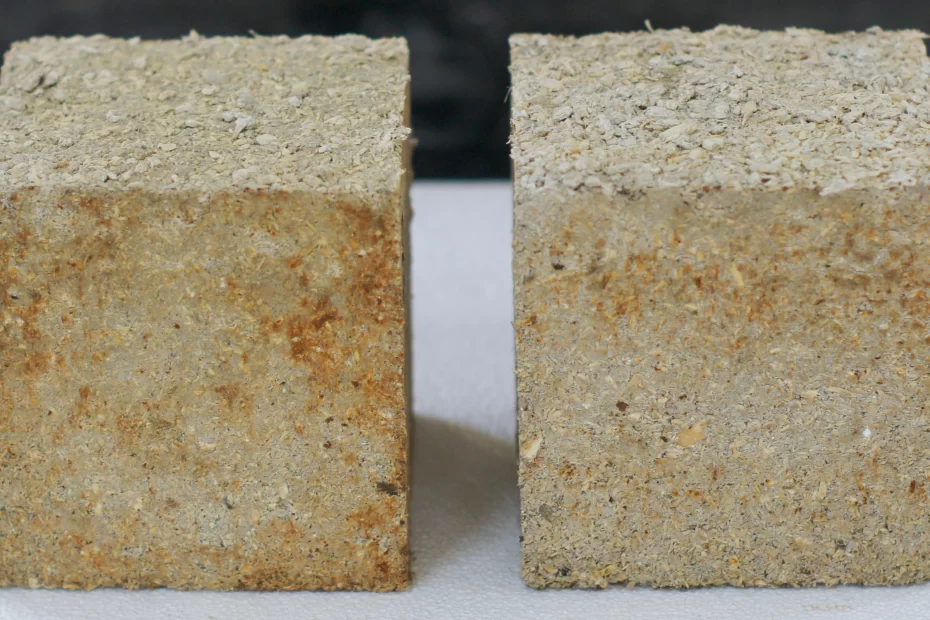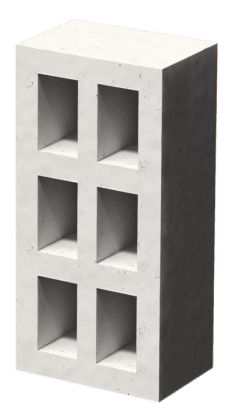AAC Blocks (Autoclaved Aerated Concrete Blocks) are some of the most consumed building materials in the world. It currently offers one of the best value propositions in terms of cost of construction and technical performance. The manufacturing capacity in India is capable of producing approx. ₹15,000 crores worth blocks, annually. But the history of AAC blocks is fascinating – to begin with, it was an accidental invention!
The use of foaming agents in concrete has been documented since as early as Roman times! Aerated concrete relies on the alkaline binder (lime & cement) reacting with an acid to release gases, which remain entrained in the material. And, in 1889, the first attempt to produce aerated concrete was patented by Mr E. Hoffman.[1]

After World War I, wood-based products, which were the primary building material at the time, became scarce. A Swedish Architect, who was then an assistant professor of Building Techniques at the Royal Institute of Technology, Stockholm, Dr. Johan Axel Ericksson, was looking for an alternative to wood products.[2] He was working on aerated concrete samples, and that’s when the accidental discovery occurred!
Running short of time, Dr. Johan Axel Ericksson decided to speed up the curing process. He placed one of his samples of burnt shale limestone, water, and aluminum powder in the laboratory autoclave. The porous mass survived the overnight autoclaving, and the resulting cured concrete possessed greatly increased strength and a new, stronger crystalline composition. In the heat and pressure of the steam curing, the silica and lime components had fused to form a calcium silicate hydrate crystal, similar to the volcanic rock, Tobermorite.[3]
Is this the right place to quote Bill Gates, “I choose a lazy person to do a hard job; because a lazy person will find an easy way to do it”?! This accident, indeed, paved the way for the rebuilding of Germany post World War II. So, basically, we have an accidental invention helping overcome adversity.
The story of the accident fixing the post-World War II impact will continue in the next post. But, in the meanwhile, if you know of any other accidental inventions, drop a comment! This world is full of surprises.
[1] https://inpressco.com/wp-content/uploads/2016/04/Paper43635-638.pdf
[2] https://www.concreteconstruction.net/business/building-with-aac_o
[3] https://www.superbuild.co.nz/about/history_AAC.html



